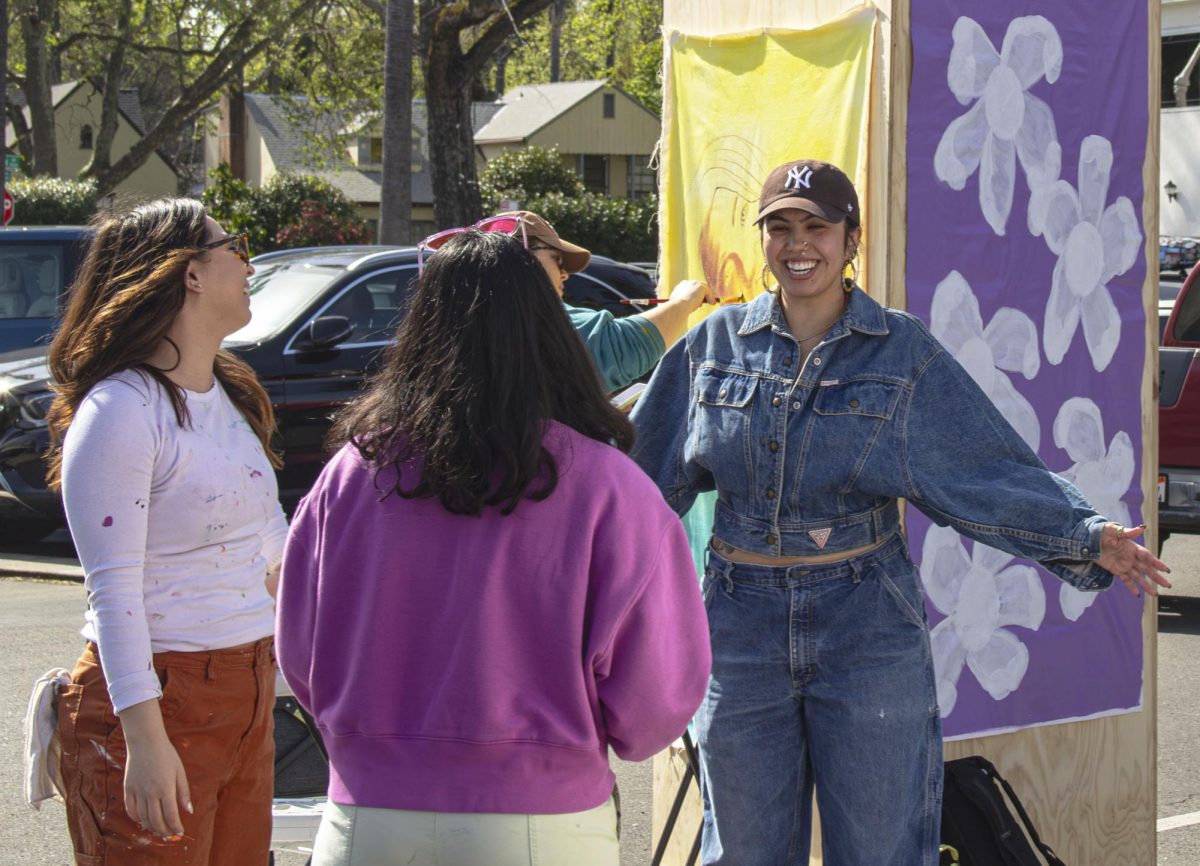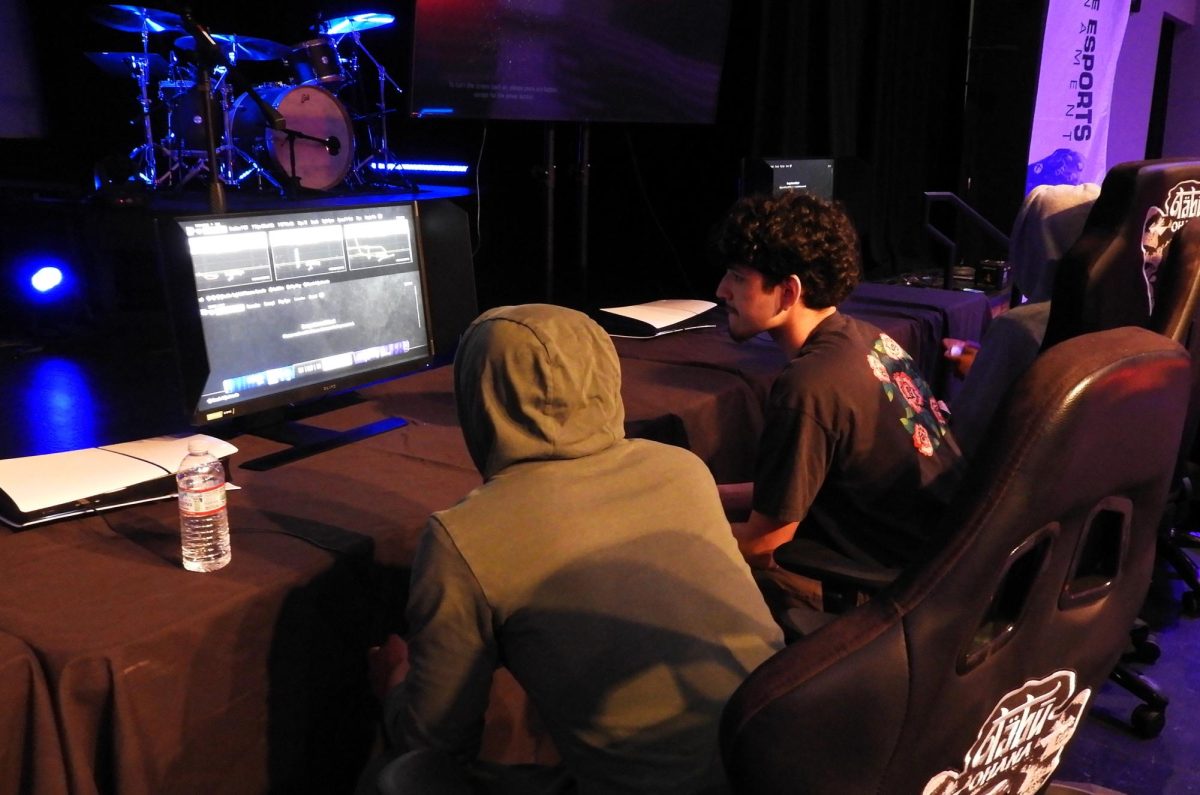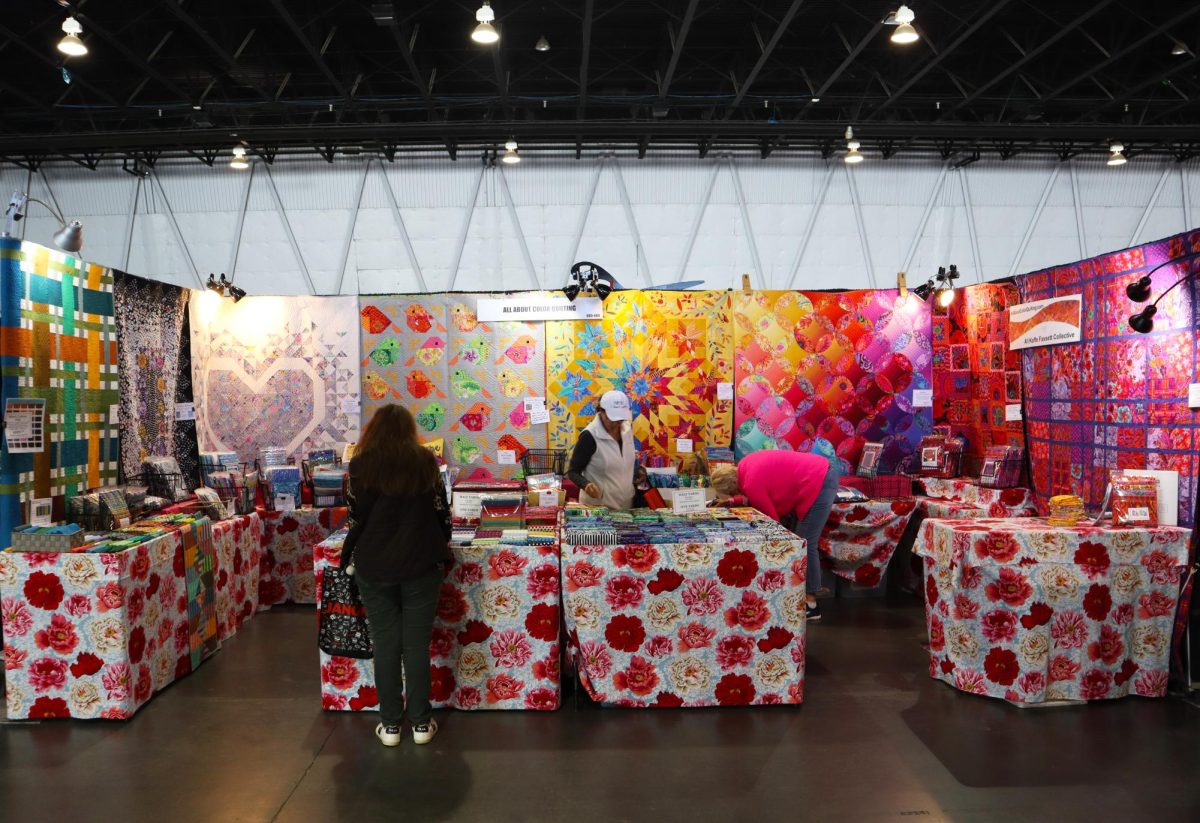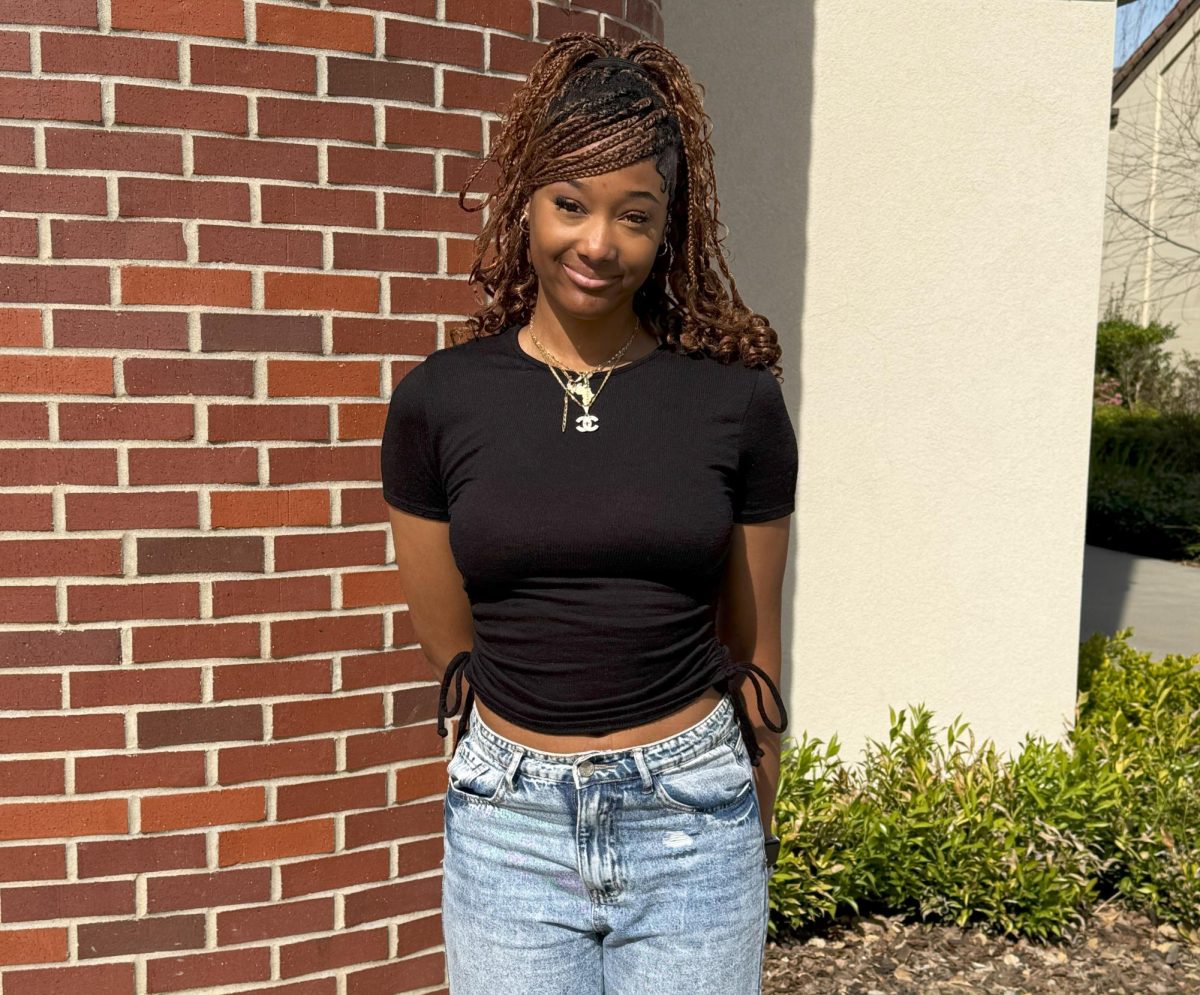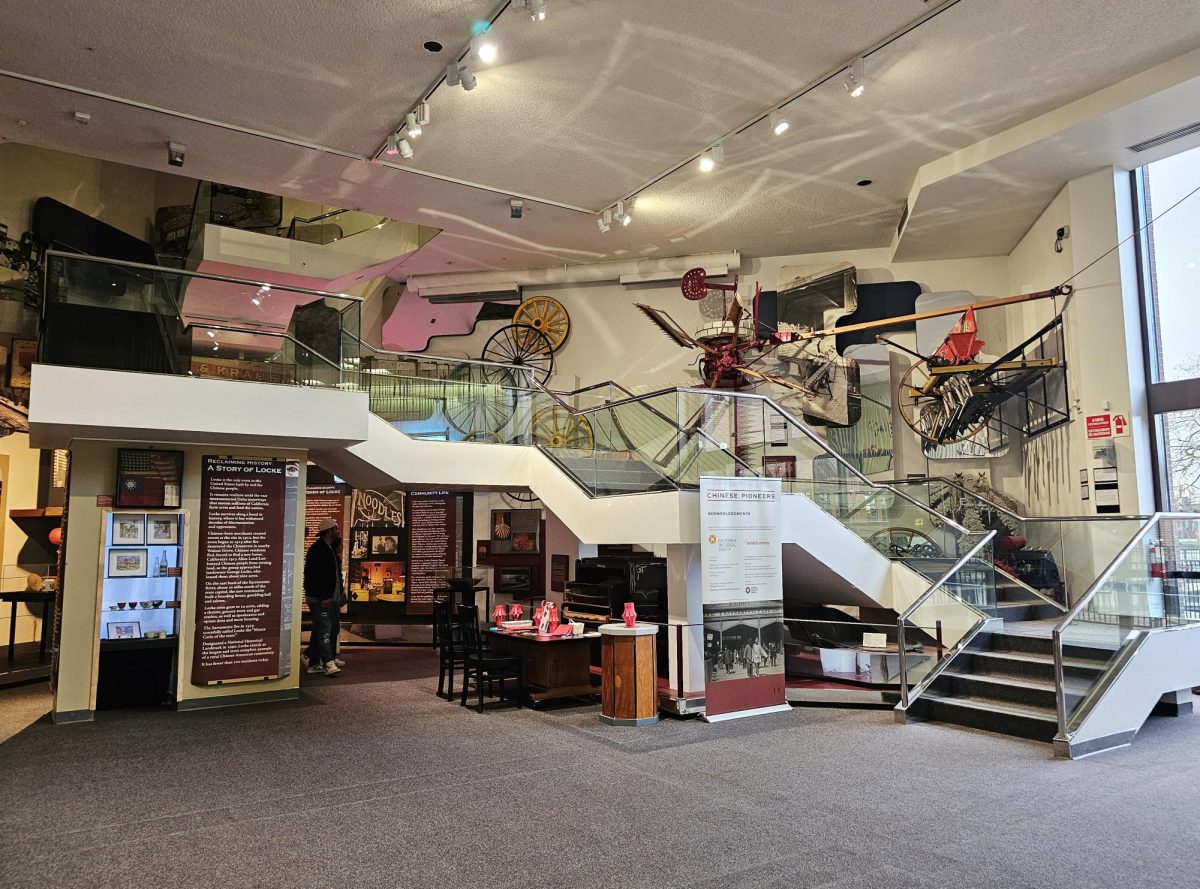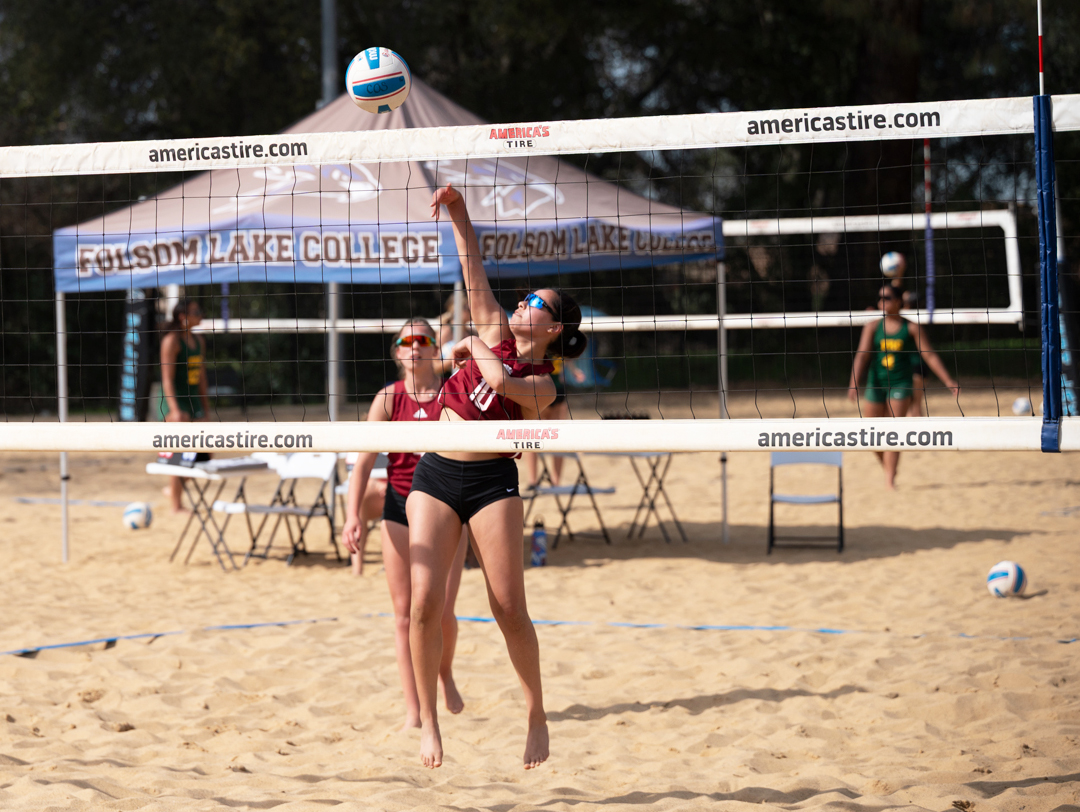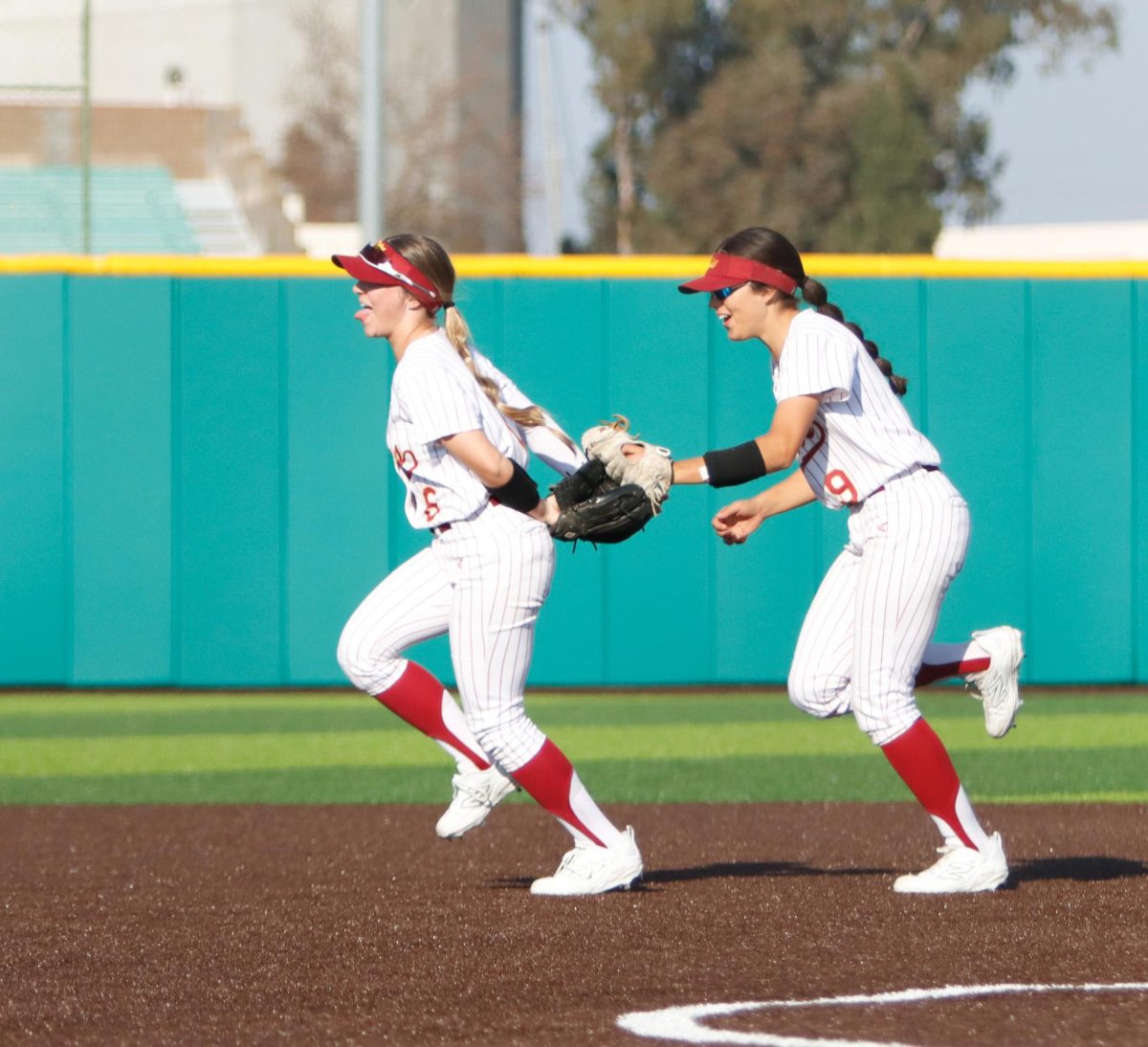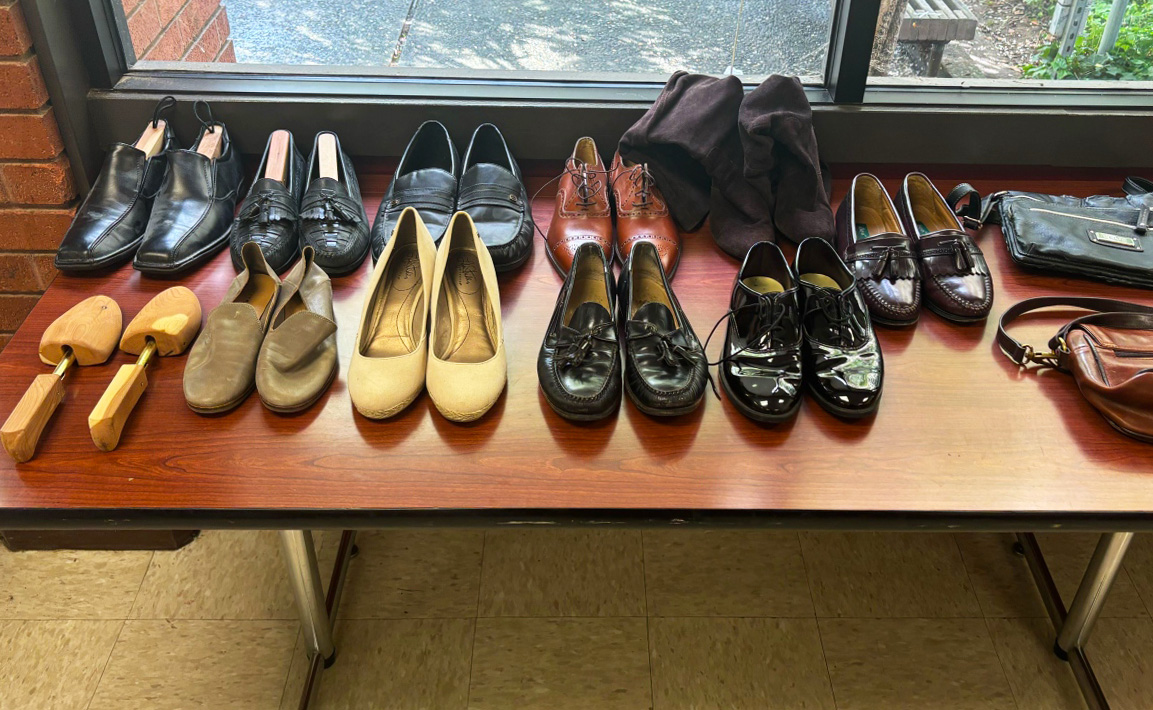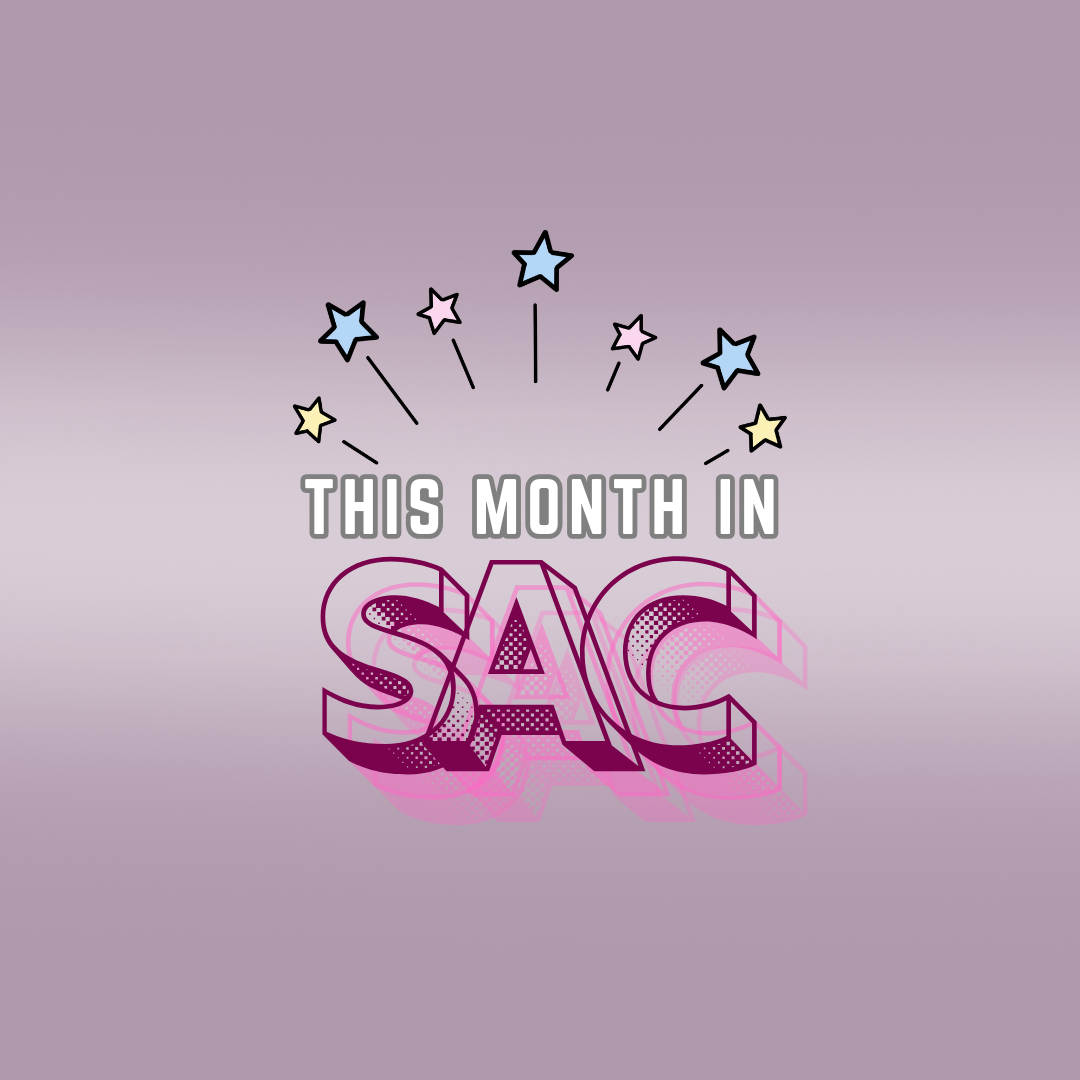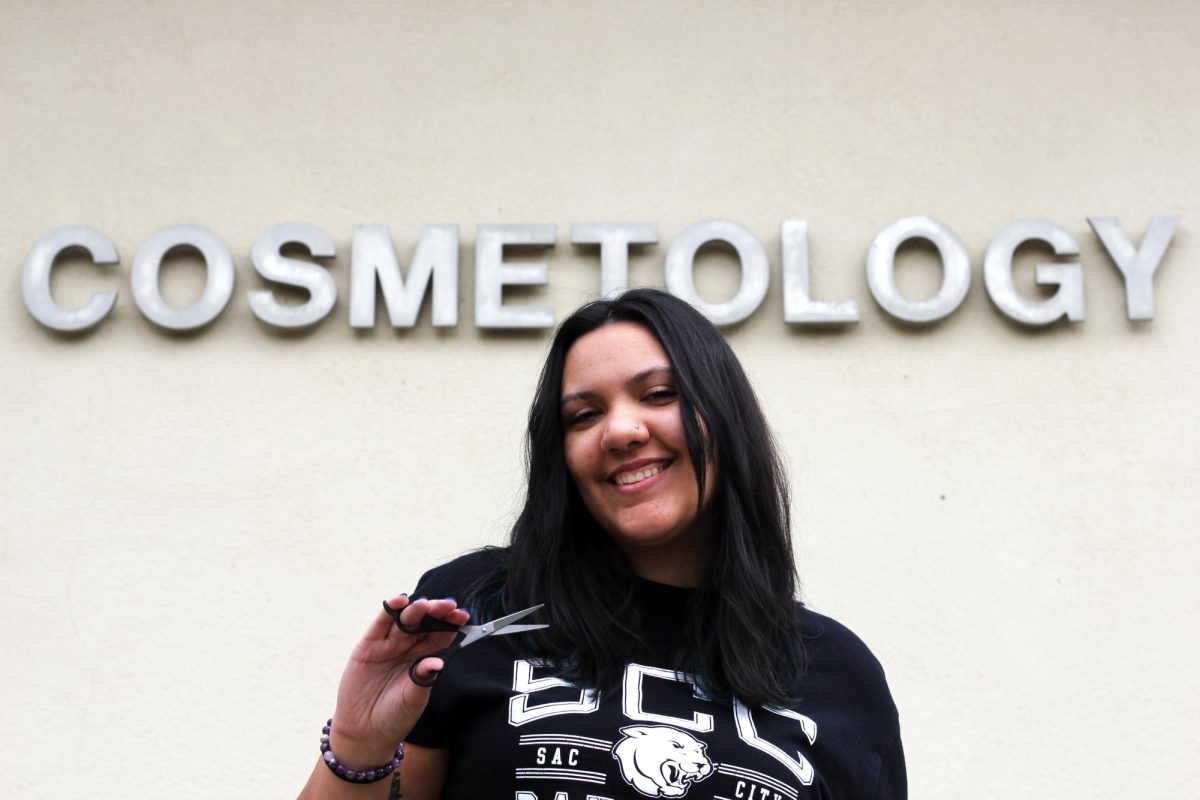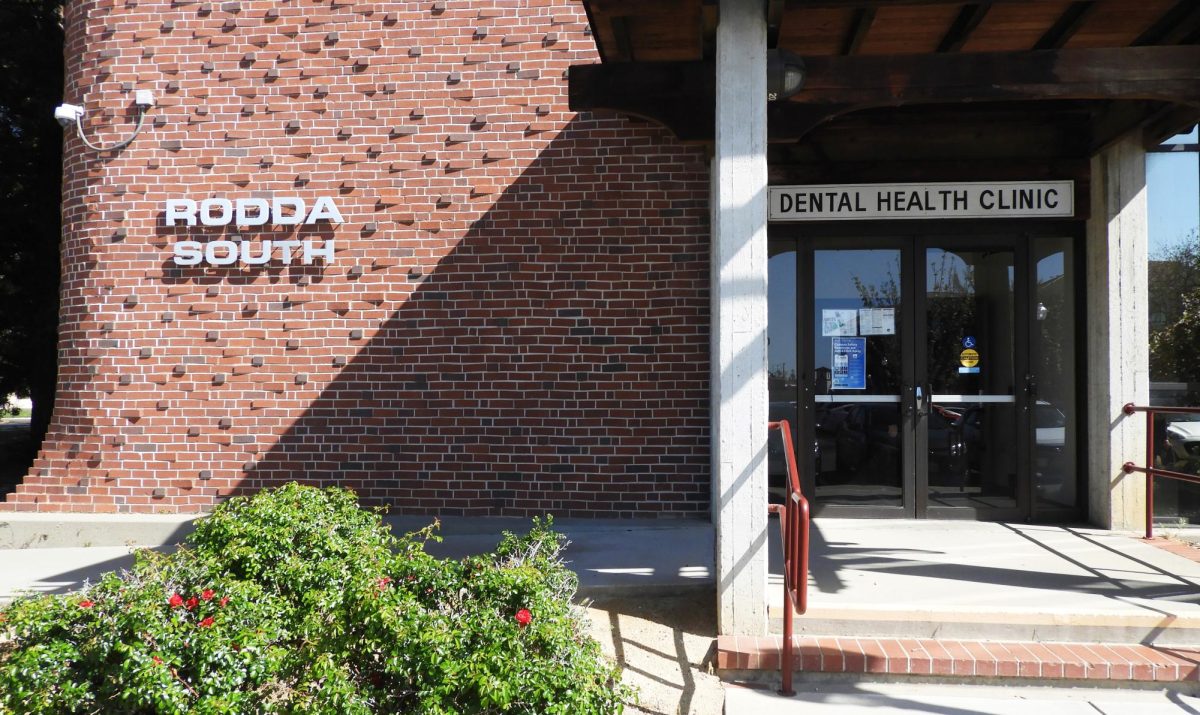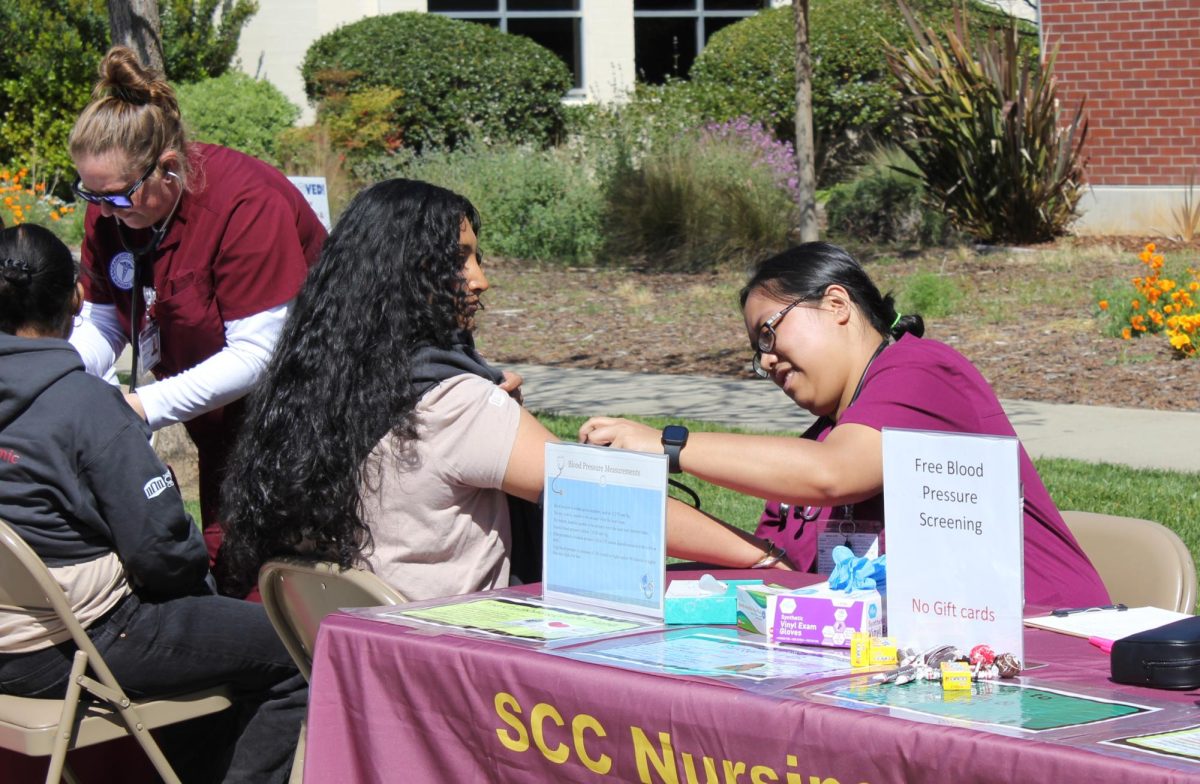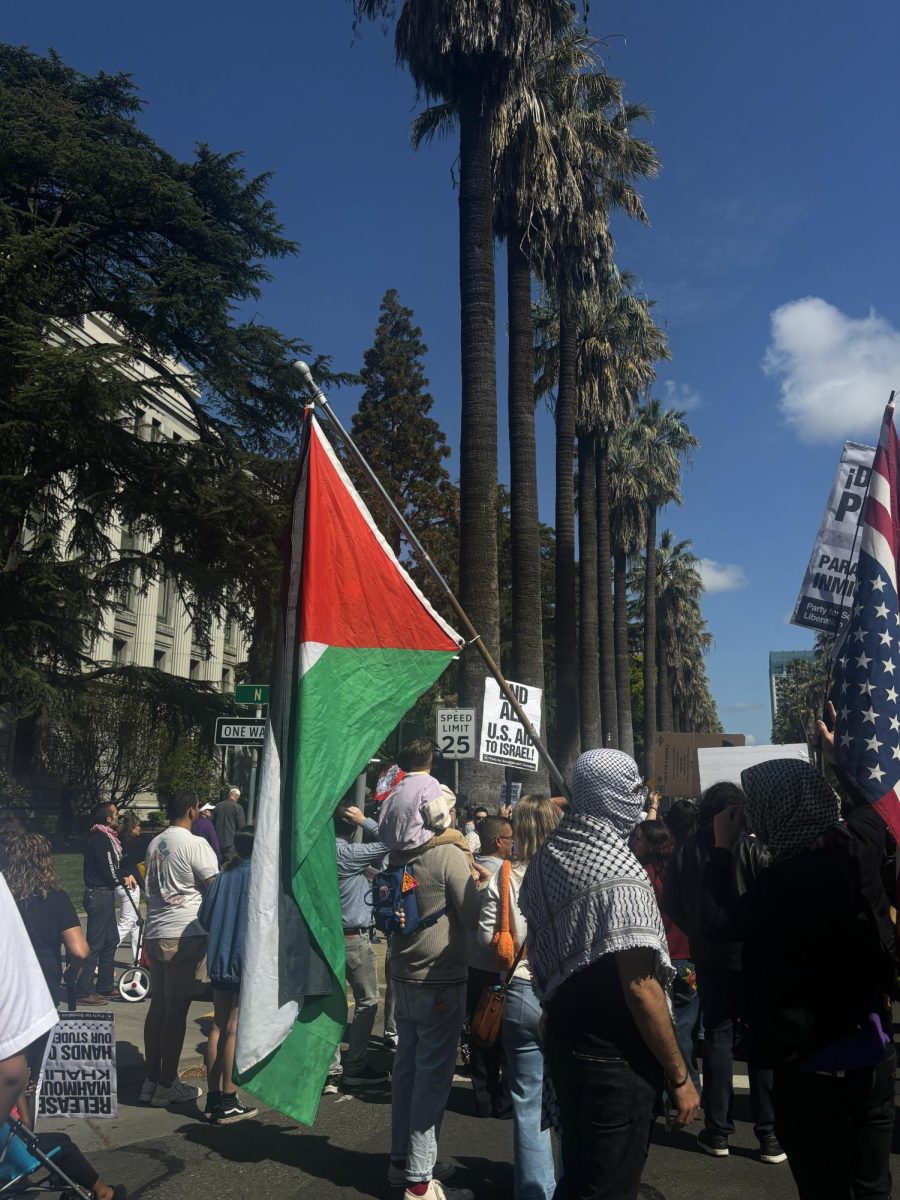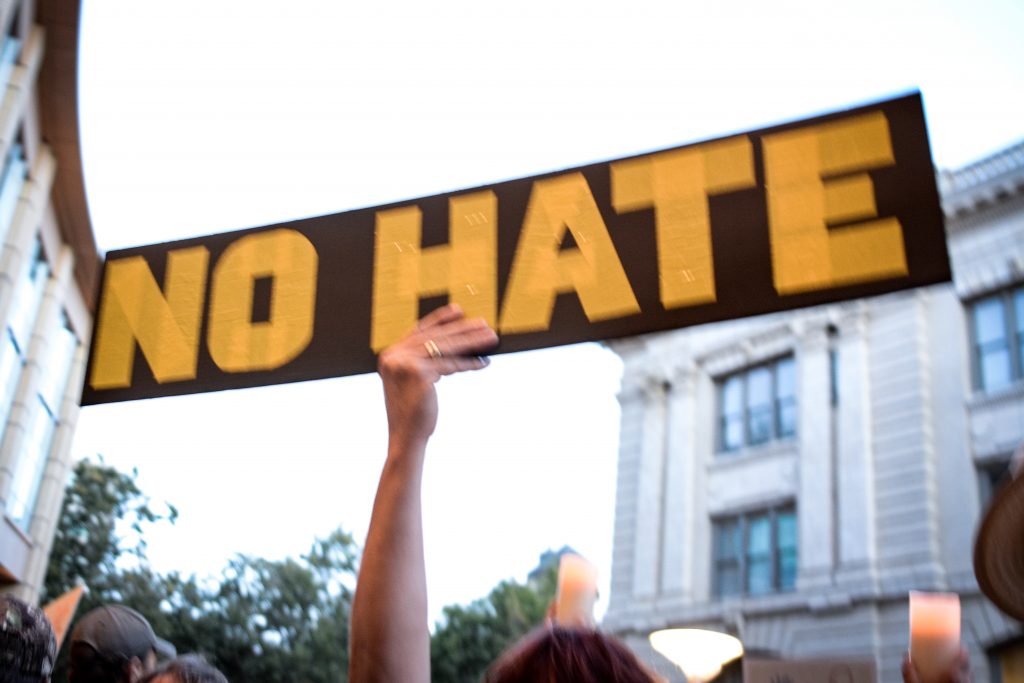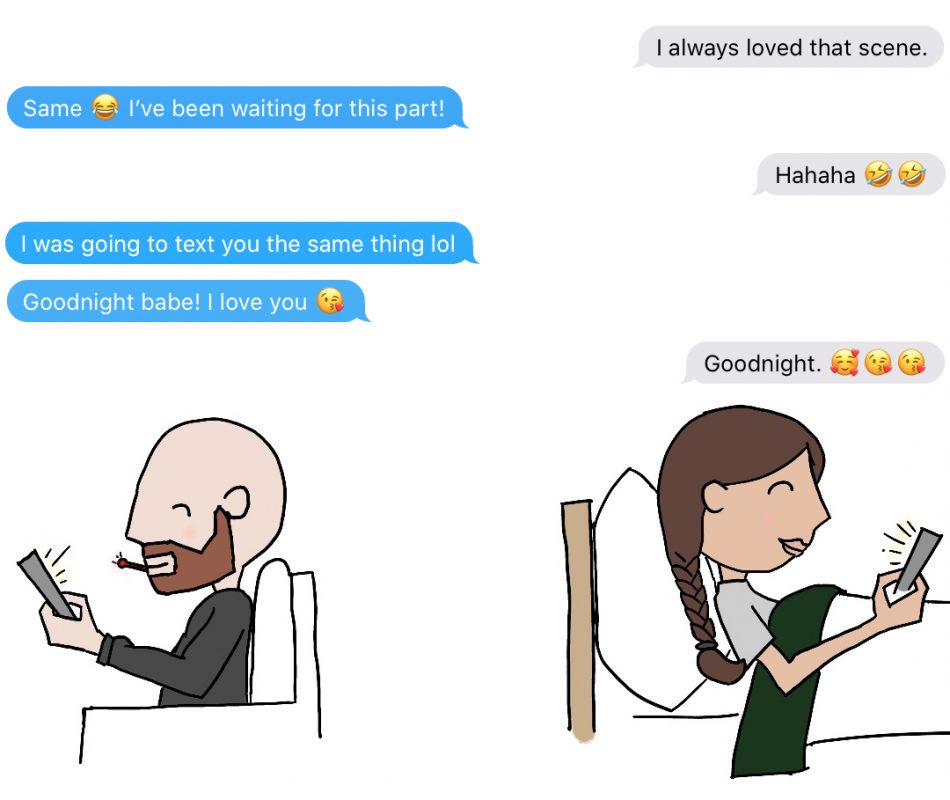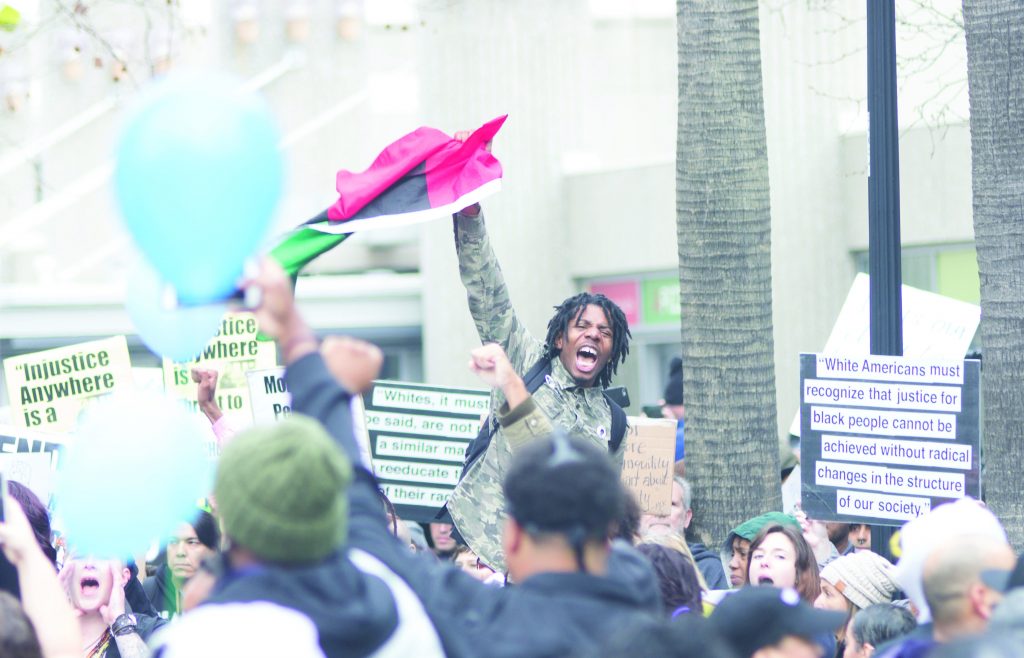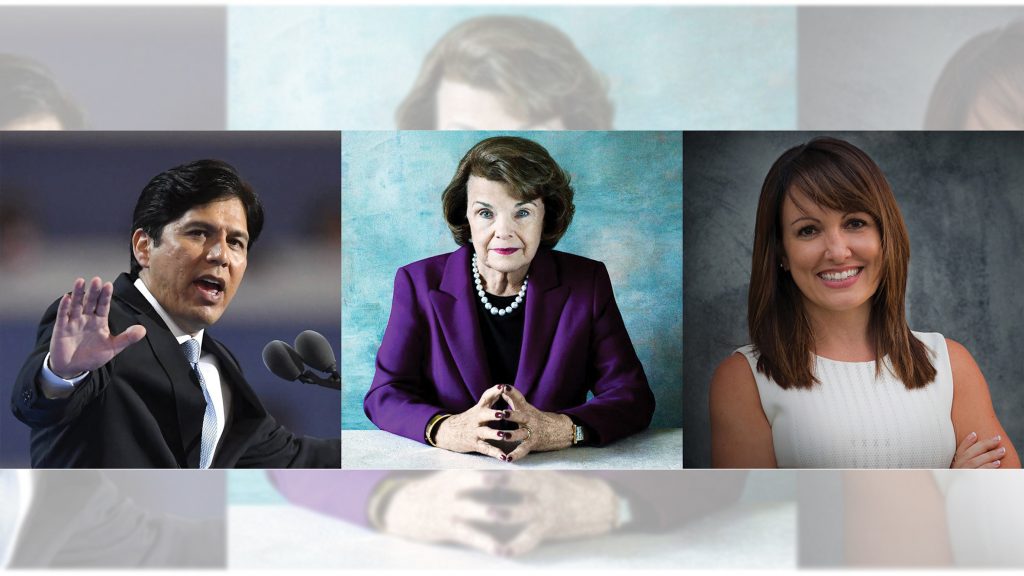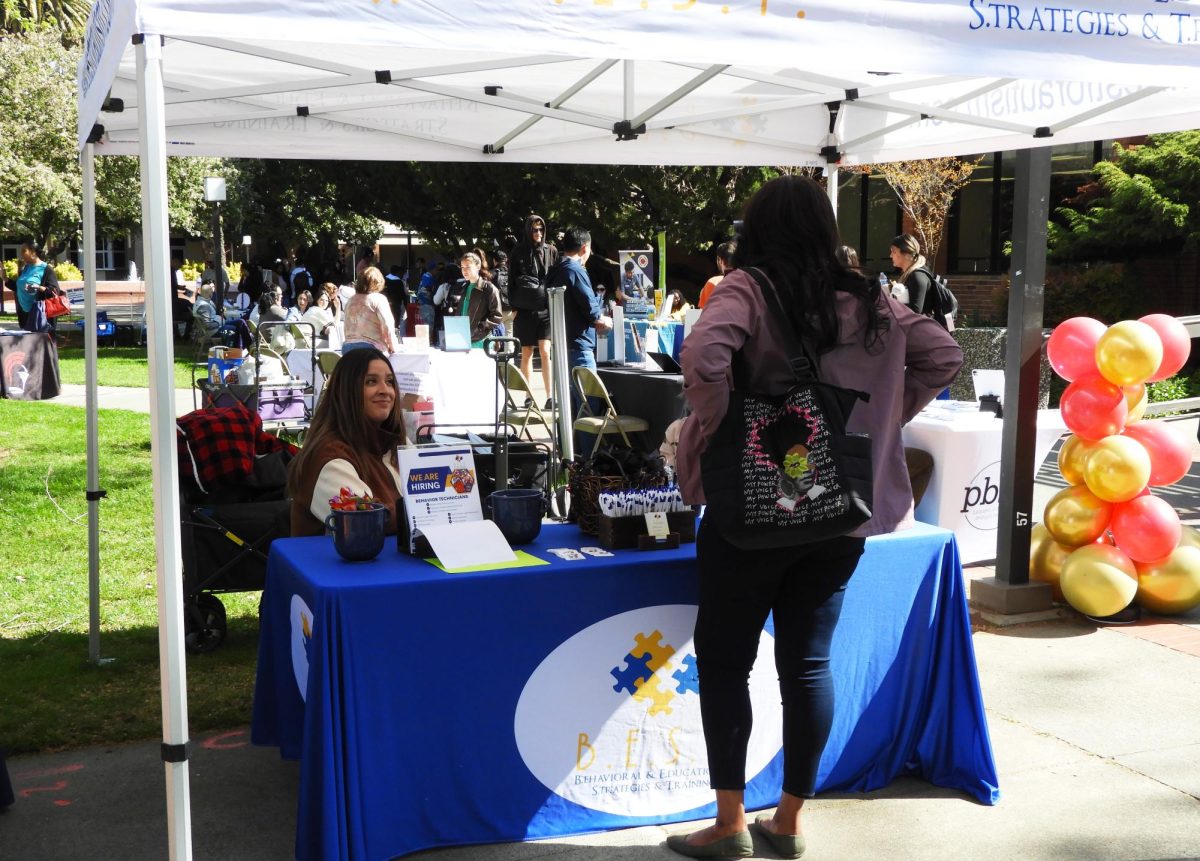The ugly resurgence of a white nationalist movement in the United States came to a head Aug. 12 in Charlottesville, Virginia. Sacramento may not have confederate monuments galvanizing the issue, but it still has its share of bigots.
Nine active hate groups have been identified in the larger Sacramento area by the Southern Poverty Law Center. Three of these are anti-LGBT, four of them are white supremacist, and two are black separatist.
The biggest question average people are faced with is “What is the best way to confront hate groups?”
There are two main schools of thought. The first is to confront hate groups head-on, whether that means screaming at them, meeting violence with violence or coming out in droves to outnumber them.
In some situations, this seems like the only option that protects people targeted by hate groups.
“The police, for the most part, pulled back,” said Sacramento native and civil rights advocate Dr. Cornel West on “Democracy Now,” speaking of his experience of being trapped in a church during the protest in Charlottesville. “We would have been crushed like cockroaches if it were not for the anarchists and the anti-fascists who approached, over 300, 350 anti-fascists.”
There, police weren’t going to prevent violence. If individuals hadn’t organized to oppose the white supremacists, more injustice would surely have transpired.
The second option is to not engage hate groups that are clearly looking for a fight. No constructive conversation will take place at a rally designed to incite violence. When hate groups show up with firearms, yelling racial slurs, there’s no chance for calmly discussing where your disagreements stem from.
Instead, some groups suggest holding simultaneous, separate events designed to bring communities together.
An example of this kind of work is the Unity Center, a new anti-hate wing at the California Museum in Downtown Sacramento, originally conceived after the bombing of local synagogues in 1999. It focuses on teaching visitors how bystanders can stand up to hate and harassment; and allows visitors to engage in conversations with marginalized groups, to correct misconceptions and to deepen understanding.
“This will change hearts and minds of many who don’t understand why even being neutral on such issues is not an acceptable choice,” said Sacramento Mayor Darrell Steinberg. “We must educate young people about the dangers of spoken words and the dangers that can come with not standing up and speaking out every time somebody threatens the fragile progress we have all made.”
When it comes to deciding between a direct or indirect response, there’s not one answer. There will be situations that require confrontation, and those where confrontation could only worsen things.


